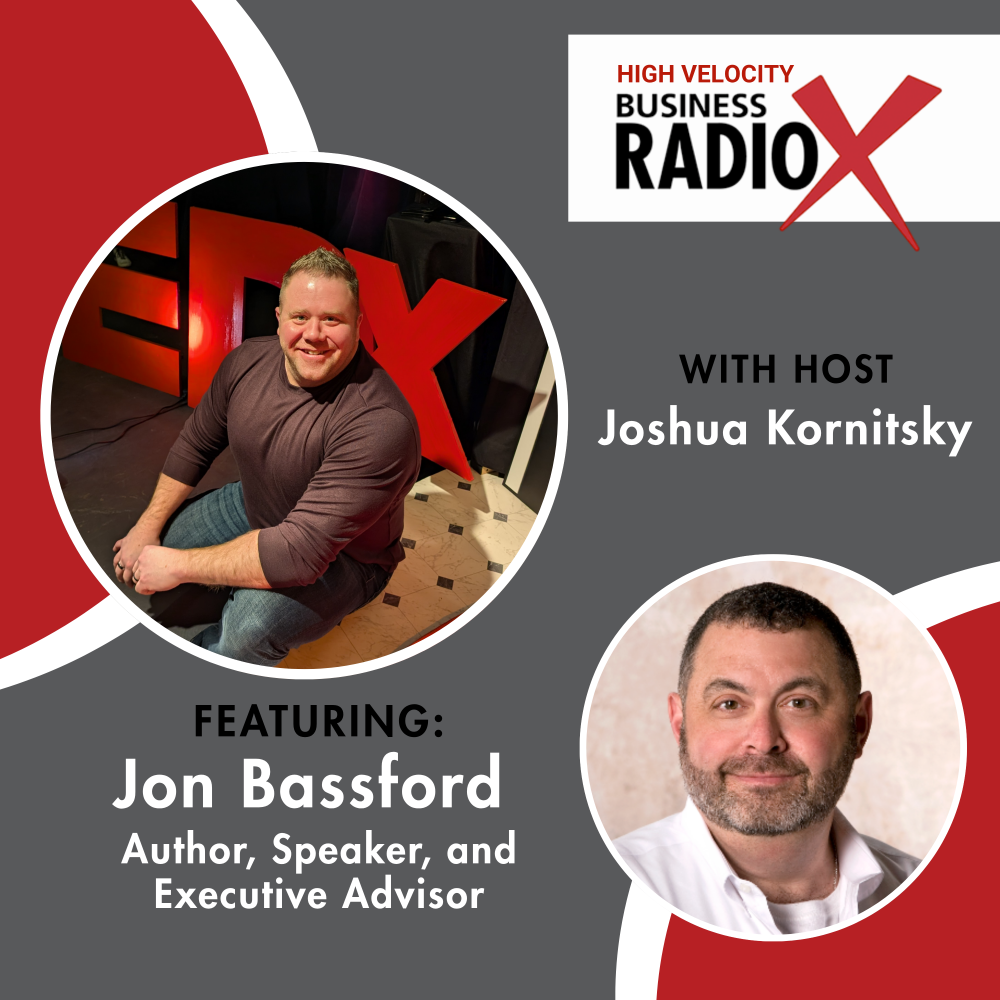
In this episode of High Velocity Radio, Joshua Kornitsky interviews consultant and author Jon Bassford. Jon shares his journey from law school to association management and startup consulting, focusing on his Growth Navigation System—a holistic, data-driven audit process that helps small and mid-sized organizations identify operational gaps and scale effectively. He discusses his book, “The Curious Leader,” which explores the role of curiosity in leadership and organizational culture, and offers practical advice on change management, overcoming founder bottlenecks, and fostering innovation within teams.
 Jon Bassford is an operations professional and entrepreneur driven by his Curiosity! Curiosity is his super power and it has driven his personal and professional advancement.
Jon Bassford is an operations professional and entrepreneur driven by his Curiosity! Curiosity is his super power and it has driven his personal and professional advancement.
After law school, Jon put this curiosity to work launching, managing, and improving operations for venture backed startups to global nonprofits with impact! For Jon, there is nothing that curiosity can’t help.
Today, Jon is known for his curiosity-driven leadership, helping organizations and individuals innovate, change, and grow through by adopting Curiosity as their superpower.
Links:
IG (recently changed): https://www.instagram.com/jonbassfordofficial/
LinkedIn: https://www.linkedin.com/in/jonbassford/
Youtube: https://www.youtube.com/@JonBassford
TEDx: https://www.youtube.com/watch?v=fc9laPJMN3k&t=38s
Book: https://a.co/d/98n3lLZ
FREE Leadership Clarity Diagnosis: https://think-lateral.com/leadership-clarity/
Episode Highlights
- Background and career journey of the guest, including law school and association management.
- Consulting focus on helping small to mid-sized companies improve and scale operations.
- Introduction of the Growth Navigation System, a comprehensive audit process for operational improvement.
- Importance of a holistic, data-driven approach to identifying operational gaps.
- Discussion of common issues faced by businesses, such as leadership challenges and operational inefficiencies.
- Overview of the guest’s book, “The Curious Leader,” and its themes on curiosity in leadership and organizational culture.
- The role of curiosity in fostering innovation and breaking free from comfort zones.
- The significance of change management and the need for expert consultation in small businesses.
- Strategies for creating a curious culture within organizations to enhance engagement and problem-solving.
- Signs that a business may need to reassess its internal operations, such as burnout and high staff turnover.
About Your Host
 Joshua Kornitsky is a fourth-generation entrepreneur with deep roots in technology and a track record of solving real business problems. Now, as a Professional EOS Implementer, he helps leadership teams align, create clarity, and build accountability.
Joshua Kornitsky is a fourth-generation entrepreneur with deep roots in technology and a track record of solving real business problems. Now, as a Professional EOS Implementer, he helps leadership teams align, create clarity, and build accountability.
He grew up in the world of small business, cut his teeth in technology and leadership, and built a path around solving complex problems with simple, effective tools. Joshua brings a practical approach to leadership, growth, and getting things done.
As a host on Cherokee Business Radio, Joshua brings his curiosity and coaching mindset to the mic, drawing out the stories, struggles, and strategies of local business leaders. It’s not just about interviews—it’s about helping the business community learn from each other, grow stronger together, and keep moving forward.
Connect with Joshua on LinkedIn.
![]() This transcript is machine transcribed by Sonix.
This transcript is machine transcribed by Sonix.
TRANSCRIPT
Intro: Broadcasting live from the Business RadioX studios in Atlanta, Georgia. It’s time for High Velocity Radio.
Joshua Kornitsky: Welcome back. My name is Joshua Kornitsky, professional iOS implementer and host for this episode of High Velocity Business Radio. My guest today is Jon Bassford, consultant, author, and speaker. Well, I’m so happy to have you here. Can you tell us a little bit about your background and the work that you’re doing? Sure.
Jon Bassford: So how far how far do we go back to my background.
Joshua Kornitsky: As far as is relevant?
Jon Bassford: Okay. So I went to law school. I was one of those kids who, uh, had an inquisitive, argumentative mind and always heard the words, you’re going to be a great lawyer one day. Um, so I did end up going on to law school, but, uh, not pursuing your traditional legal career, uh, from law school. Uh, I didn’t know what I wanted to do and fell into working for a legal organization. I was a member of in law school, and I started a career in association management. Uh, but my second role, uh, in the association’s management world, was a tech trade association that was a startup that worked with startups. So I had this double immersion into the startup world. And so even though my my W-2 career was mainly in the association space, that also spurred a working in the startup and small business space once I moved on to being a consultant.
Joshua Kornitsky: Okay. Yeah. So that’s a little bit about your background. Tell us, really, who is it that you spend your time helping, and what is the type of thing that you do to help a business make a difference?
Jon Bassford: Yeah. So when I first started this business about seven years ago, I what I kind of focused on and kind of carved out this niche accidentally was helping startups again, both for profit nonprofit launch operations and then stay on as a fractional CEO and my focus has really always been. Creating streamlined, efficient and effective operations that are able to scale and build up a great consulting business. But a little time went on. I like, you know, I’m tapped out like I can’t take any more clients. Uh, I’m back to doing both junior and senior level work, which I did not want to be doing. So I just really started thinking about, okay, what is the secret sauce I bring to my clients, you know, what is that? That skills that I bring and my skill set is really about creating that efficient and effective operations. But I also don’t do it just from a management and loss standpoint, but an analysis standpoint. And so I started retooling our services to focus more on an audit process that comes into an organization. And instead of growing from, you know, aspirational strategic planning process, what we do is come into the business, analyze it, find the gaps and holes that are existing right now and help you grow from filling those gaps. And so we work with, you know, small to mid-sized companies and organizations. We do work with both for profit and non profit. You know that 5 to $50 million range is probably a sweet spot. But more than anything the exact size and industry. It’s more about the CEO, the owner having a growth mentality that they want to go to the next level. They want to fill those gaps and holes that are existing so they can do that.
Joshua Kornitsky: Sure. So okay, that that’s actually pretty ambitious from the sound of it. When you get to working with someone who who has sought you out to get a better handle on the way things are going, and obviously to sort of break the bottleneck of of what’s happened. What are some of the common things you uncover?
Jon Bassford: Sure. So I would say there’s probably three. Um, let me let me sit back. Maybe not just uncover, but there’s three types of, of of of of leaders that come to us. One is someone says, look, I don’t know what’s going on in my business, but I know something’s not working. You know, you got to help me find it. Sure. The other one’s saying, look, we know what’s wrong in our business, but we don’t know how to fix it. And the third one being our business is doing okay. We are growing, but we want to make sure that we have the right foundation set so that we’re we’re building on a foundation, not on quicksand. As we continue to grow in scale. And also we want to be able to grow faster and quicker. So so making sure that foundation is there. So that’s one site said, you know, so many times when I’m working with founders and CEOs. Part of it is working with them, working on them. I’m sure, you know, teaching them to let go, teaching them to be more curious and creative and innovative in how they’re operating. Um, and then the the other part of we often find is, you know, sometimes we’re focusing on some kind of marketing or sales aspect, but a lot of times it’s the internal process and procedures that are all messed up, not using the right technology, not having the right people in the right roles. All of these kind of organizational development aspects really go a long way in fixing those and helping the organization move forward.
Joshua Kornitsky: So as you’re uncovering these things, is it just you throw them a report and tell them, best of luck. What happens next?
Jon Bassford: Sure, sure. So our full blown audit process we call the growth navigation system. It involves four audits. You know, we’re looking at, um, the decision making framework of the leadership, the culture and adaptability, the operational strength across 47 different areas, as well as the entire operation efficiency and compliance side of things. So we’re we’re we’re doing we look at a lot in a small amount of time because it’s all done through these, you know, psychometric driven, you know, uh, analysis programs. Right. Um, from there, yes, we can we can hand off these sophisticated reports, uh, in a summary of them, off to the client and help them, you know, let them go run with it. But we tend to do is is go further. Um, after we do this analysis. Get the reports, then we turn it into a 12 month roadmap. So we’re actually pinpointing based upon priorities, what they need to be fixed. Fixing when, where and why as well as staying with them as consultants so we can work with the company three, six, 12 months, whatever they need, uh, to help, you know, execute and in turn, that that growth plan into an actual action plan by helping with them, helping with change management, helping with the logistics of operational change, that sort of thing.
Joshua Kornitsky: So that’s pretty ambitious to get involved in. Um, out of curiosity, how did you really evolve from being a consultant into this audit mindset? Because it sounds like it’s a very holistic approach.
Jon Bassford: Yeah. So, so I mean, and and that’s that’s really the key thing about what we do, right? It is holistic. Most consultants and service companies out there that provide some kind of audit, they already know how they’re going to help you before you ever take the audit. If it’s a software company, give you an audit. They want to sell you custom software. If you’re going to do an audit, they want to sell you recruiting services, right. They know exactly what they’re going to sell you. When we take a 360 agnostic approach where we’re going to find the gaps in holes, not create them for you. So really, again, for me, it was all going back to, um, you know, the secret sauce that I bring and how can I package these audits together? You know, given my my nearly 20 years of operational experience at this point, you know, where are those gaps and holes and just bringing all that together? Uh, and one thing that sparked for me was I was working with a consultant early on in my consulting business to help me grow my business, and he introduced me to, uh, some audits and assessments that helped me really understand me and where I was in my business. I’m like, that’s where I need to tap into. I need to tap into this, this data driven knowledge through assessments that that allow us to to gather Intel as quickly and efficiently as possible, but also as robust as possible, so that we can have that Intel going into the business, as opposed to me working inside a business for six, 12, 18 months. Gathering this information a little by little.
Joshua Kornitsky: Sure. Well, and it sounds like your knowledge sort of grew organically as you matured in, in your own professional life. So as, as that comes to pass your understanding more and more sort of seeing into the matrix, right?
Jon Bassford: Yeah. I mean, like going from being a philosophy major in undergrad to law school, you know, being someone who worked in associations and launching operations for startups and all of this. It certainly was not on my radar, but what I kind of learned early on in my career. And luckily, because I had some bosses who allowed me to do this, my my curious nature, which again goes to my book, um, the curious leader, my curious nature lends itself to challenge the status quo and trying to figure out the best ways to get the job done, you know? Not just the way things have always been done, but truly analyzing the process, procedures and what we’re doing to drive results as quickly and efficiently as possible. Um, that’s that’s where I learned I had a knack. And then the other aspect of me that I learned is I’m kind of a jack of all trades. Master of none. Okay. Again, like like again. Flosser degree, law degree, MBA certified association executive. I went up to calc two in college for fun. Had enough credits in English to be in the honorary English fraternity. Wow. I’ve never, never been the best at anything. Right? But. But like, I’ve been good about with everything. And so that holistic way of of of of diverse knowledge has allowed me to really be a strategic leader that can help with marketing, that can help with the county, that can help with legal help with all of these different aspects of a business and really see it from a 360 view.
Joshua Kornitsky: And so you mentioned something in passing, like it was no big thing. Tell me, Jon, about your book.
Jon Bassford: Sure. So the Curious Leader came out. Um, late February 2025. Uh, but it’s, uh, you know, except for the fact of I actually heard from two different people in two different situations that my superpower was curiosity. And when I first heard this, I didn’t do a whole lot with it. I’m like, I did some cool things in my career at this point, you know, degrees, all those things. And curiosity didn’t really strike me. But it wasn’t until the second time someone told me in a completely different context, I really leaned into it. I started thinking about curiosity and how it really formed me as a child, formed me, you know, throughout college and taking on new experiences. Then in my career again, having that ability to challenge the status quo and find new ways of operating for the organization I worked for. So I really leaned into that and I could just see it all just kind of came together. Uh, how curiosity is, is the antidote to our human nature, which is existing in comfort and habits and fear. Sure. And which are all things that we need for survival and to go on our daily lives. But when it comes to innovation, growth and change, they’re the enemy. And curiosity is the way to break free from that. As we shift from a fixed mindset to a growth mindset. Adopt operational excellence, which is that that notion of the organization’s ability to achieve its intended results as efficiently and effectively as possible. Then also building a curious culture, which is about creating an environment where people are allowed to speak up, speak out, give ideas, point out problems without fear of saying stay in your lane or that’s not your job or that’s above your pay grade. That’s really what the curious leader is all about.
Joshua Kornitsky: And from that, I assume that that your teaching how to bring that down throughout the organization, starting with leadership.
Jon Bassford: Yeah, 100%. Yeah. So so I would say our my core services are obviously the, the audit and consulting that we’ve been talking about, which is is really diving into that operational excellence piece. Right. Like how what are we doing? How are we doing where the missing piece is. But then again, on the kind of mindset piece, one thing we do is do curious leader workshops with executive teams, management teams so that they can understand the nuances. And we you know, we do your typical like little exercises of building things that sort of stuff to to to bring about the points. But it really is a great way interactively for leaders to understand what being curious leader is and really ignite that amongst their team. And also we we do, we do. I do keynote talks, you know, whether it’s conferences, uh, you know, staff retreats, you know, whatever it is to really drive home curious leadership as well as operational excellence.
Joshua Kornitsky: I didn’t mean to to interrupt. I got excited because. Didn’t you also do a Ted talk?
Jon Bassford: I did, I did, uh, that that actually shot. It was crazy. So the the month of February for me was nuts. So I released the book.
Joshua Kornitsky: Right?
Jon Bassford: Got the Ted. It didn’t come out until late April. Uh, but it was. It was on. You know, Ted has kind of moved a little bit away from wanting to be business focused. So what I did was talk about the notion of the DIY dilemma, this notion that in life and in work, we fall on the sword, suffer through these alone because we feel like that’s what we have to do, even though it’s less productive, and that curiosity is actually the way to break free from that. And so the business idea is, you know, ah, that founder, that CEO and founder who insists on doing the books themselves and always gets it wrong. Right.
Joshua Kornitsky: Well, if I had a dollar.
Jon Bassford: Yeah. Yeah. Or keeps wondering why we get the same results, but believe every idea has to come through and from them. And so, you know, curiosity is a way to break free from that. Bringing in your team, accepting other ideas, being curious about what is out there and how we can grow and improve our business.
Joshua Kornitsky: That is some powerful stuff I want to make sure, because we’ll share all of your social links and how to get in touch with you, but please make sure you send us the Ted link so we can have that available for people to watch. And it sounds like it. It crosses from business sort of into life.
Jon Bassford: Yeah. Yeah. I mean, the journey with life stuff is crazy for me because, you know, I a couple years back, I was looking to grow my consulting business and I started working with executive coach, and I thought we were going to, you know, be putting together business plans and and marketing budgets and all this type of stuff. And what we ended up working on was me. Um, it actually kind of spurred, you know, a lot of a journey through kind of the mindfulness and self-belief and, and all that type of stuff that, that really more than any kind of business strategy is absolutely important, because if you don’t believe in yourself, you don’t have the way to to let go, let the stress go, let failure go. All of these type of things, you’re never going to move forward.
Joshua Kornitsky: And I think that’s fantastic guidance. I do want to come back to something because I feel like, uh, people probably want to know what are some of the signs that that a business or organization, um, that’s a red light or a flag for them, that they may need to reassess their internal operations or their framework?
Jon Bassford: Yeah. So obviously burn out for one is an idea, like if you are a founder, CEO, executive or whatever it is and you just feel burned out, like you love the organization, you love what it does, but you feel burned out. That’s a good sign that you’re touched in too many things. It’s not strategic. It’s it’s not efficient. And you’re just getting burned out because you’re doing all the wrong things. And, you know, I’m working with a startup right now that’s in the food science industry with AI, and the CEO has to touch everything. I mean, every email, every little thing works 20 hours a day, Like the man’s going to burn out eventually, right? And so, like, those are some of it. If you find yourself having staff leave all the time, you can’t retain employees. That’s a culture problem, right? Again. And then also that can be a leadership problem. But also times it is the operation of the organization and whether or not it’s running the best way it can, whether or not you’re respecting your employees, all of these things come into play. And obviously the big thing is you’re static, right? You no matter what you do, no matter how much money you throw out, marketing, advertising, whatever it is, you just can’t seem to grow.
Joshua Kornitsky: I imagine hitting a ceiling like that is something that probably happens both because you said both for profit and non profit. They’ve got to encounter that and they bang their head against it trying to figure out what the next step is. So you’ve mentioned the the audit process and you went in depth into the audit process. Is that something that if someone wants to engage you on that front. Uh, you know, is there a retainer? Do they have to sign papers on the front end? How does that work?
Jon Bassford: Sure. So we’re actually experimenting with something right now that actually kind of really is going to open the door for people. So beforehand, you know, we were charging for this audit up front. You know, we give example reports that sort of stuff. But you know, we can’t tell a business organization how we’re going to help them to do the audit. Right? Which is a big thing for people. Like, I want to know exactly what you’re going to tell me is wrong and how to fix it. Like, well, I can’t I don’t know what’s wrong yet. We’re going to discover what’s wrong, I promise. We’re going to help you. Um, so what we’re doing now is we are actually offering my comprehensive growth navigation audit program, all four audits for free. Now, obviously, we can’t give all the secrets away. Sure do. Is go through this audit process with you. It’s a commitment for both ends. And then we’re going to deliver you a summary of the five biggest bottlenecks that are hindering your growth, as well as a summary of what that’s costing your organization if it goes unfixed. And so that’s where we start. And so that’s what we call phase one. From there we will incrementally increase what we do with your company and organization little by little. So you’re not, you know, putting, you know, 15, $23,000 into some program that you don’t know what the outcome is going to be. You can do this step by step with us, and we’re going to walk you through the process to where it starts with the free one and then with the summary. Then it goes to the full reports with the summary. Then it goes to the growth navigation plan with a workshop with me, where we go through the results as well as the growth plan. Then the fourth phase being that that that consultation consultative moments one on one uh monthly uh for ongoing for however long the client needs us.
Joshua Kornitsky: That’s a really powerful offering. And if I with respect to your clients and prospective clients, I would make the assumption that if you just handed them a report from the audit, being told that ABC is your problem is not the same thing as having a guide to take you through how to understand it and resolve it. So that’s quite a bit of information you’re sharing and willing to help first.
Jon Bassford: Yeah. Yeah, 100%. I mean, the whole thing is again showing them that what we’re what we can bring to the table. You know what what what we’re analyzing, what the results are likely going to be, how we can how we can show them an ROI on on the money they’re going to spend with us. Like that’s the key there. And a lot of organizations, especially smaller ones, right. That they don’t have that change management experience, CEO on their staff because they don’t need it. 9 to 5 job in that role. And so that’s why we like to stay with them so we can help be that person and quarterback the changes be that that those experts who have spent, you know, 15, 20, 30 years in operations, we’ve been there. We’ve done that. And though we’re not there to do the tactical work. We can quarterback that person in your organization who does have the time to, to, to to put towards that. And we’re going to make sure everything’s being done right.
Joshua Kornitsky: Well. And you put your finger on something that that I think is just baked into your offering, that that wasn’t so much, um, you didn’t put it directly out there, but it was sort of between the lines, which is the fact that having someone in a role for change management is not something you typically see in a company under $50 million or even $100 million, because change management requires really a higher level of thinking. And you’ve got to have an awareness of your own systems and processes to recognize you need it.
Jon Bassford: Yeah, 100%. Yeah. We always hear that, you know, the old adage of, you know, the the person who gets you to a ten meter company is not the same. One’s going to get you a 50 once it gets you a 50 to 100 million. I kind of look at the same way when it comes to change management. You know, a lot of people, they go to hire a new CFO or new, even new CFO. With all of these changes in their mind about what needs to take place. And I’m always cautious when people want to do that, for one. The person who leads you through change is probably not the same personality you want doing maintenance. Right. So like, are you hiring the right person? And then and then two is like, if you want to hire that long term person, going through change is hard and you’re going to burn some bridges. Like if you’re going through real change, real culture change and people aren’t quitting and you’re not firing some people, you’re not changing enough. True change is going to disrupt things. And I don’t mean that to sound like you’re, well, let people go, but change. Not everyone is able to change. Everyone’s not able to accept new directions. And that’s okay. It’s let’s let’s be let’s be honest about that. Let’s part ways as friends. And so you really have to look for if you’re looking for growth, you’re looking for change. What kind of person do you need in what positions? And I would say really hire someone or bring someone in as a consultant basis who can drive the change. Be the bad guy in some sense and then hire that long term person once that change has occurred.
Joshua Kornitsky: Sure. That makes fantastic sense. And it brings a lot of clarity because I think the other piece between the lines that you’re touching on is people don’t know what they don’t know. And and in that sense, you can be a very successful business that with great practices and with great policies. But if you want to get from from point A to point X, right, there’s there’s skills that aren’t present, as you said. And to elevate those you need to bring in expert consultation.
Jon Bassford: Yeah. Yeah. And something I often talk about too is, you know, the whole DIY dilemma and founders and CEO syndromes is the notion of doing anything yourself? Sure. Will you actually do everything yourself? You are building a team. If you ask anyone in the world, like what kind of team do you want to build? Like, I want to build a team. That’s what I want, right? But when you do things yourself, when you have to oversee everything, when you’re the brains behind every aspect of your business, you are building a team because there are some things that you may be in at. But there’s other things you’re going to be in that. Right. And and again, I’m not saying for a small business, small nonprofit that you go out and hire full time in people in expertise areas, but you find consultants, you find fractional people that you can bring in, you know, fill the void you need in that moment to help you get the understanding that you need and not create this environment where you’re constantly the bottleneck. Because what I call it paralysis by indecision. I don’t like paralysis by analysis because analysis is the symptom of indecision. We keep analyzing because we’re afraid to make a decision.
Joshua Kornitsky: That that’s a really strong point. I like that the, the the way that I often convey it when I encounter this in my universes. I simply explain, if you get a splinter, do you go off to medical school? Or do you find someone that knows how to use tweezers? Right? 100%. And that mindset will just run a business into the ground because, as you said, they may be exceptional at five things, but your average business is going to need a few more than five.
Jon Bassford: Right? 100%.
Joshua Kornitsky: Well, Jon, I can’t thank you enough for the insight and the wisdom that you’ve shared with us today. Ah. Any parting thoughts? Any last things you’d like to share?
Jon Bassford: This has been a great conversation, Josh. I absolutely loved it. I will give a quick little giveaway here. So if anyone in the US text 33777 text the word chapter to 33777. We will send a PDF copy of the first chapter of my book. Uh, kind of see if it’s of interest for you. And then obviously, you know, anyone who wants to reach out to us. You know, my, uh, my consulting website is, uh, think Dash dot com. And then my personal brand site is Jon Basford Jon no and bass for like a bass fish Ford car uh.com. And that’s how people can reach me.
Joshua Kornitsky: Fantastic. We will also have all of that on the High Velocity Radio website, along with your biography and everything else that people need in order to find you. Uh, Jon Basford, consultant and speaker and author and TEDx speaker. Thank you for being here with us today. Uh, it was a great conversation. I really appreciate your time.
Jon Bassford: I thank you for having me. I enjoyed the conversation as well.
Joshua Kornitsky: Thank you for listening to this episode of High Velocity Business Radio. I’m Joshua Kornitsky professional iOS implementer and your host. We’ll see you next time.
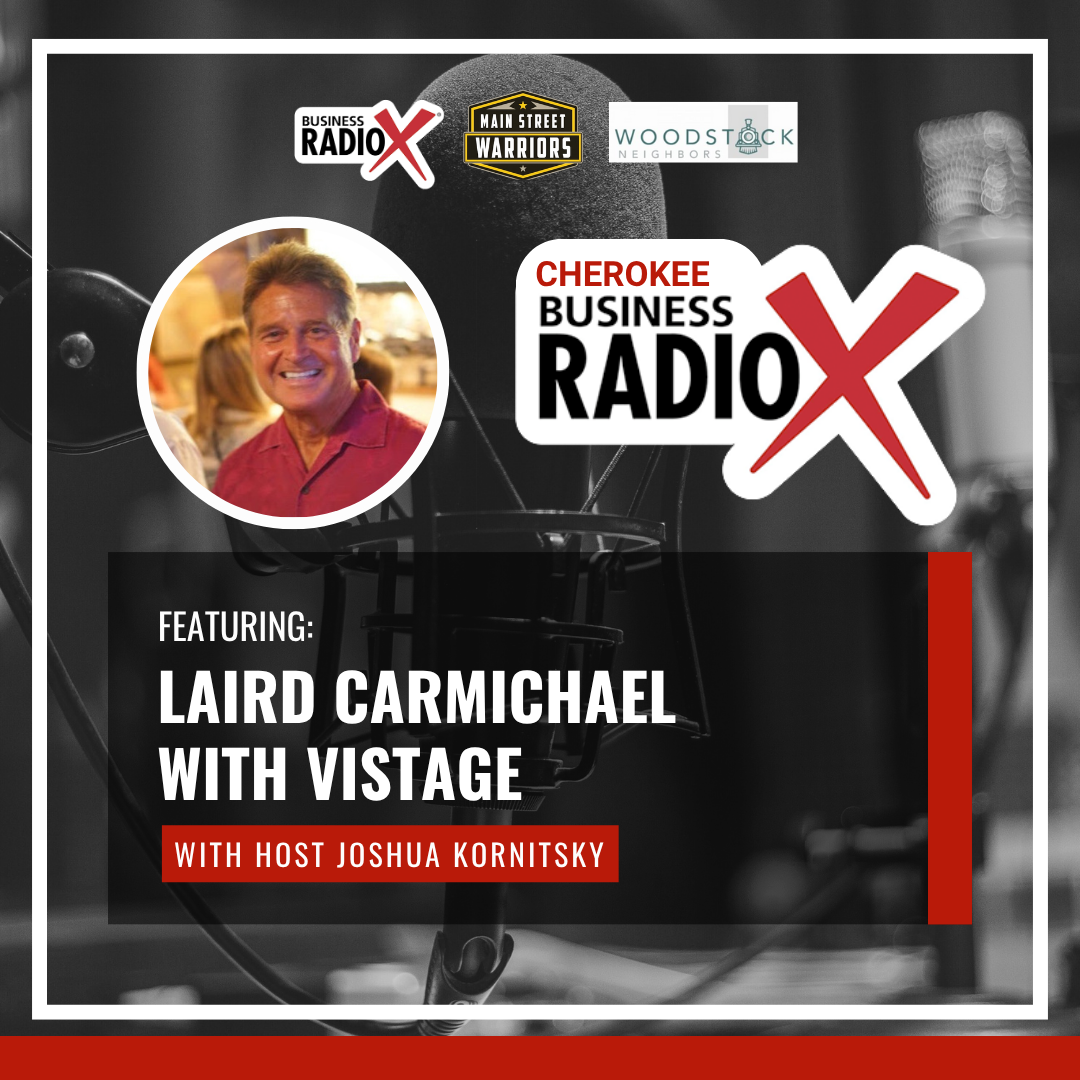
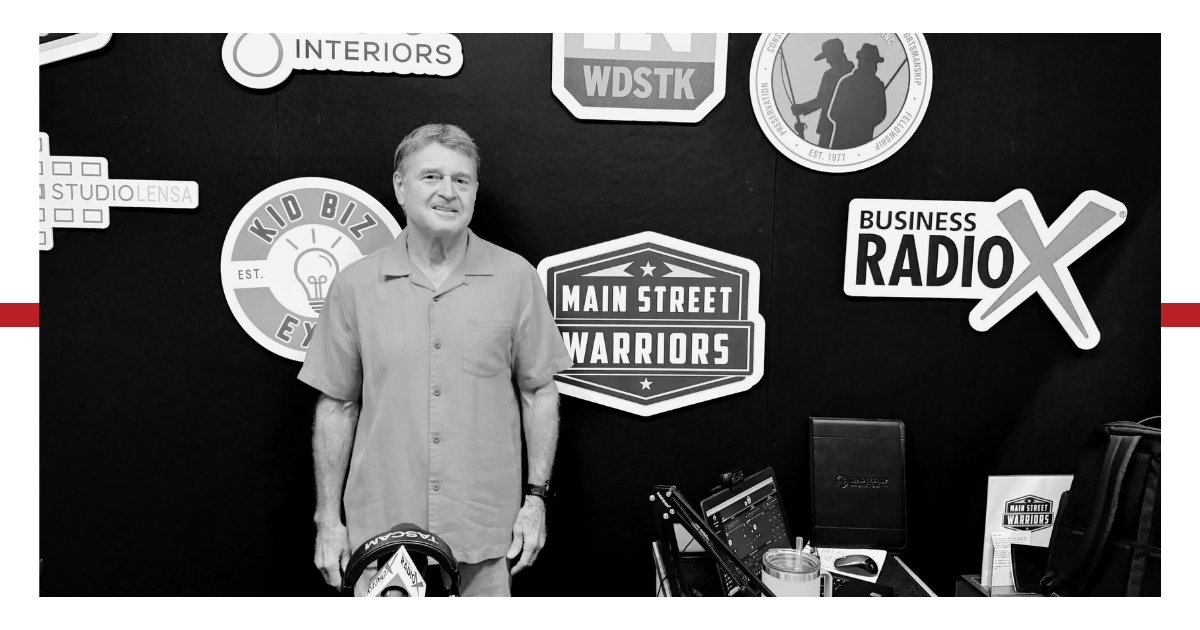

 Laird Carmichael grew up in Atlanta, and has an ME degree from GT (wrestling scholarship, baseball, GT Hall of Fame). He’s worked for 11 companies, two of his own, 24 positions with 28 managers.
Laird Carmichael grew up in Atlanta, and has an ME degree from GT (wrestling scholarship, baseball, GT Hall of Fame). He’s worked for 11 companies, two of his own, 24 positions with 28 managers.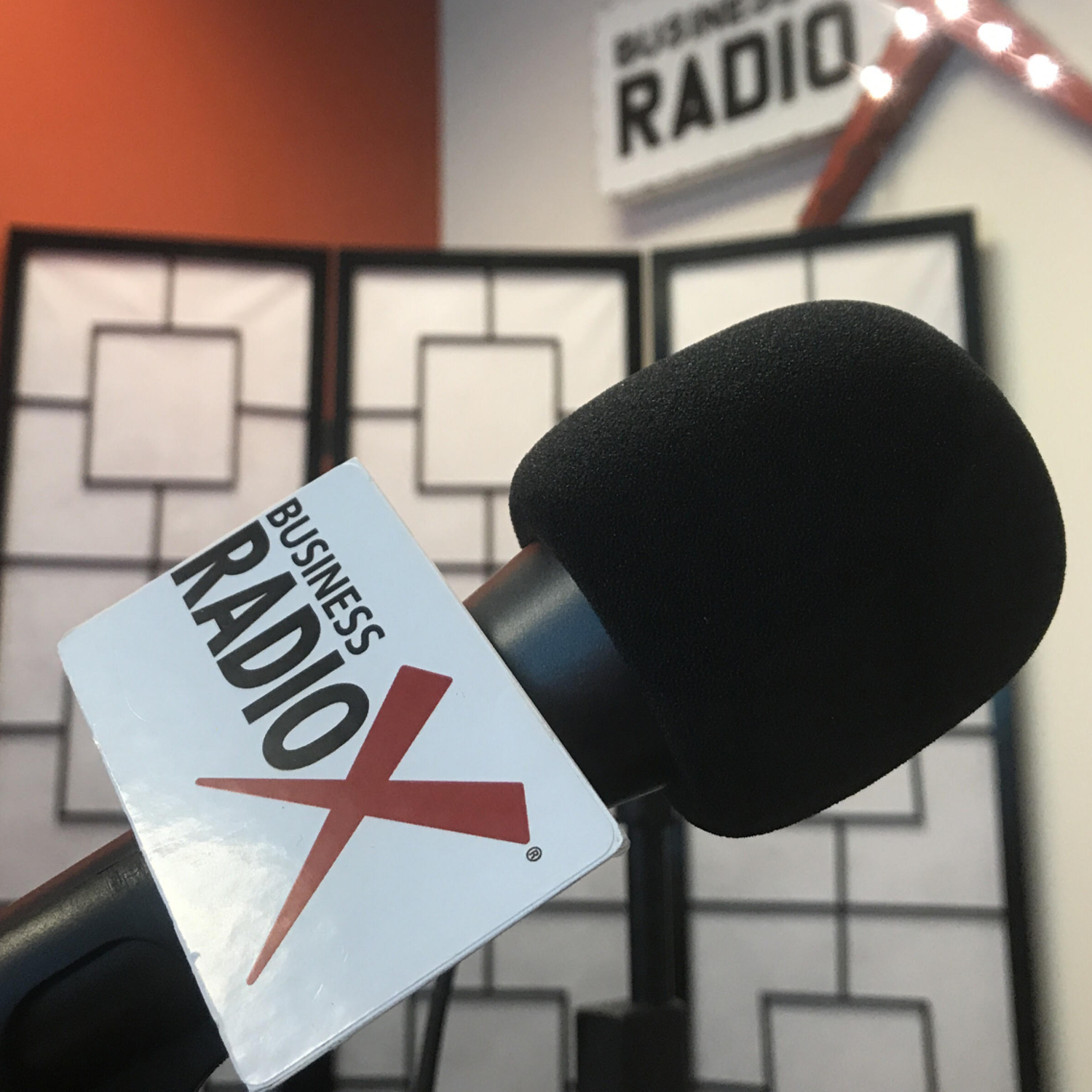


 Robert Danna brings over 50 years of diverse leadership experience across science, engineering, military service, technology, and human capital strategy.
Robert Danna brings over 50 years of diverse leadership experience across science, engineering, military service, technology, and human capital strategy.


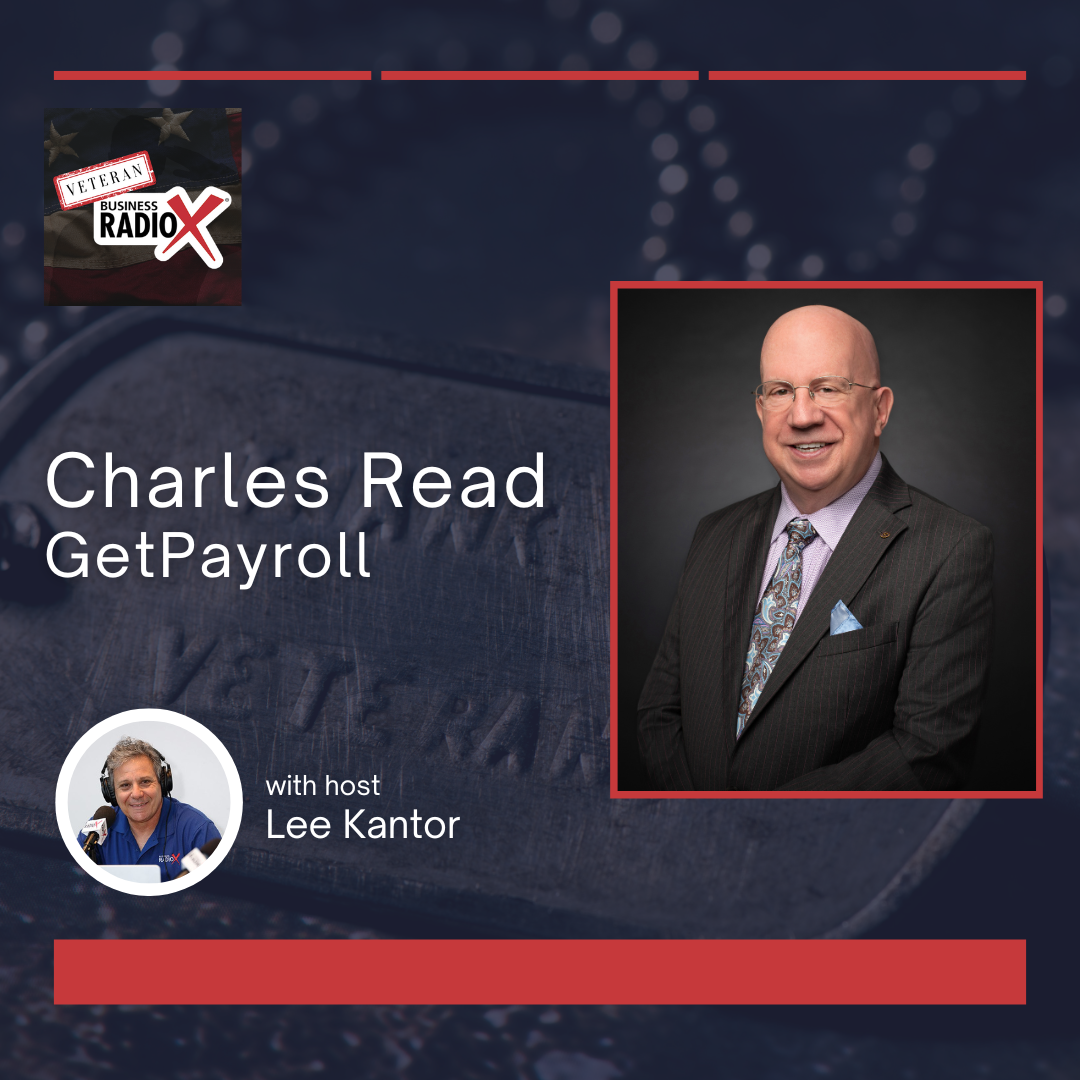

 Charles J Read is a Certified Public Accountant (CPA), U.S Tax Court Practitioner ( USTCP), a former member of the Internal Revenue Service Advisory Council (IRSAC), a Vietnam Veteran, and the Founder of
Charles J Read is a Certified Public Accountant (CPA), U.S Tax Court Practitioner ( USTCP), a former member of the Internal Revenue Service Advisory Council (IRSAC), a Vietnam Veteran, and the Founder of 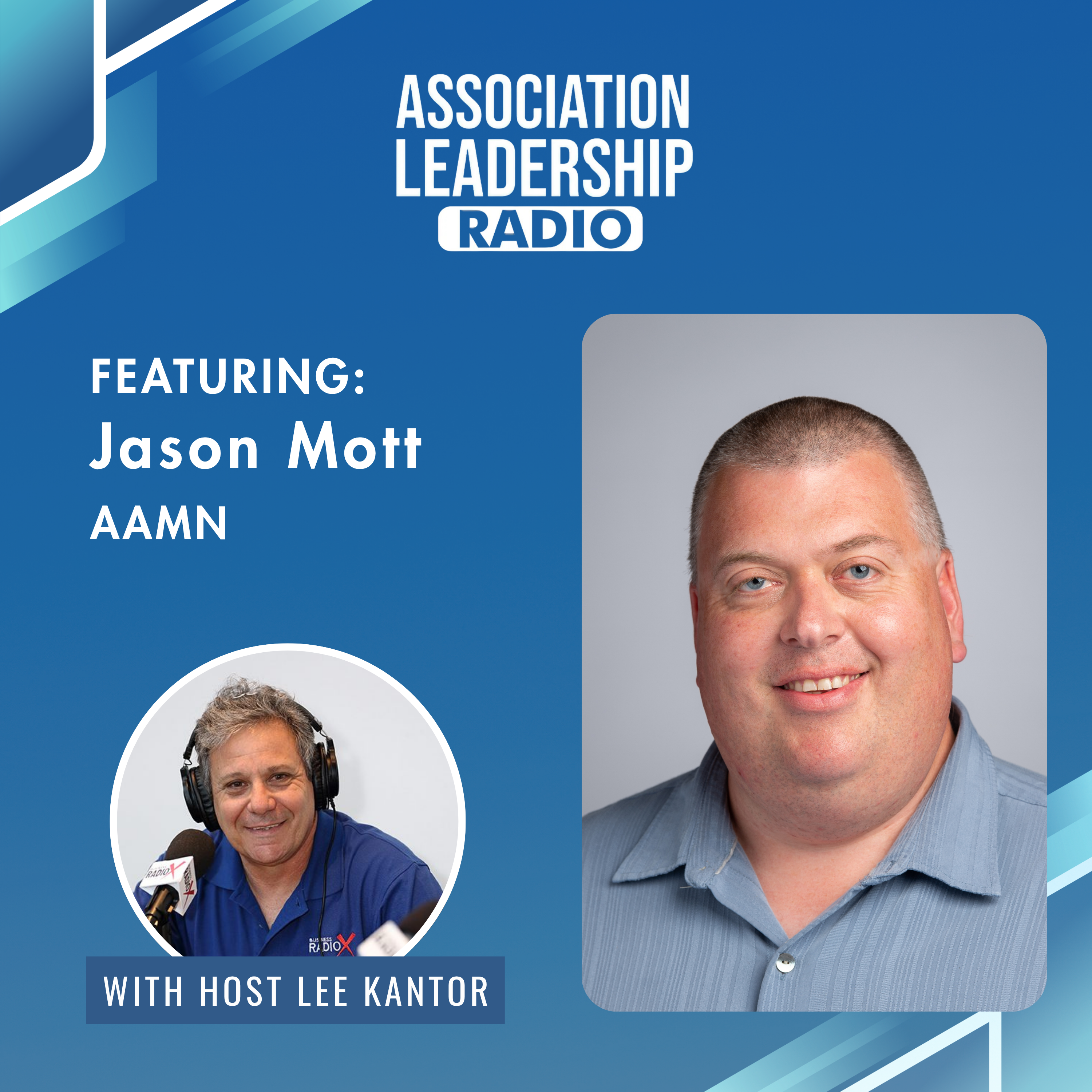
 Dr. Jason Mott is the President of the
Dr. Jason Mott is the President of the 














